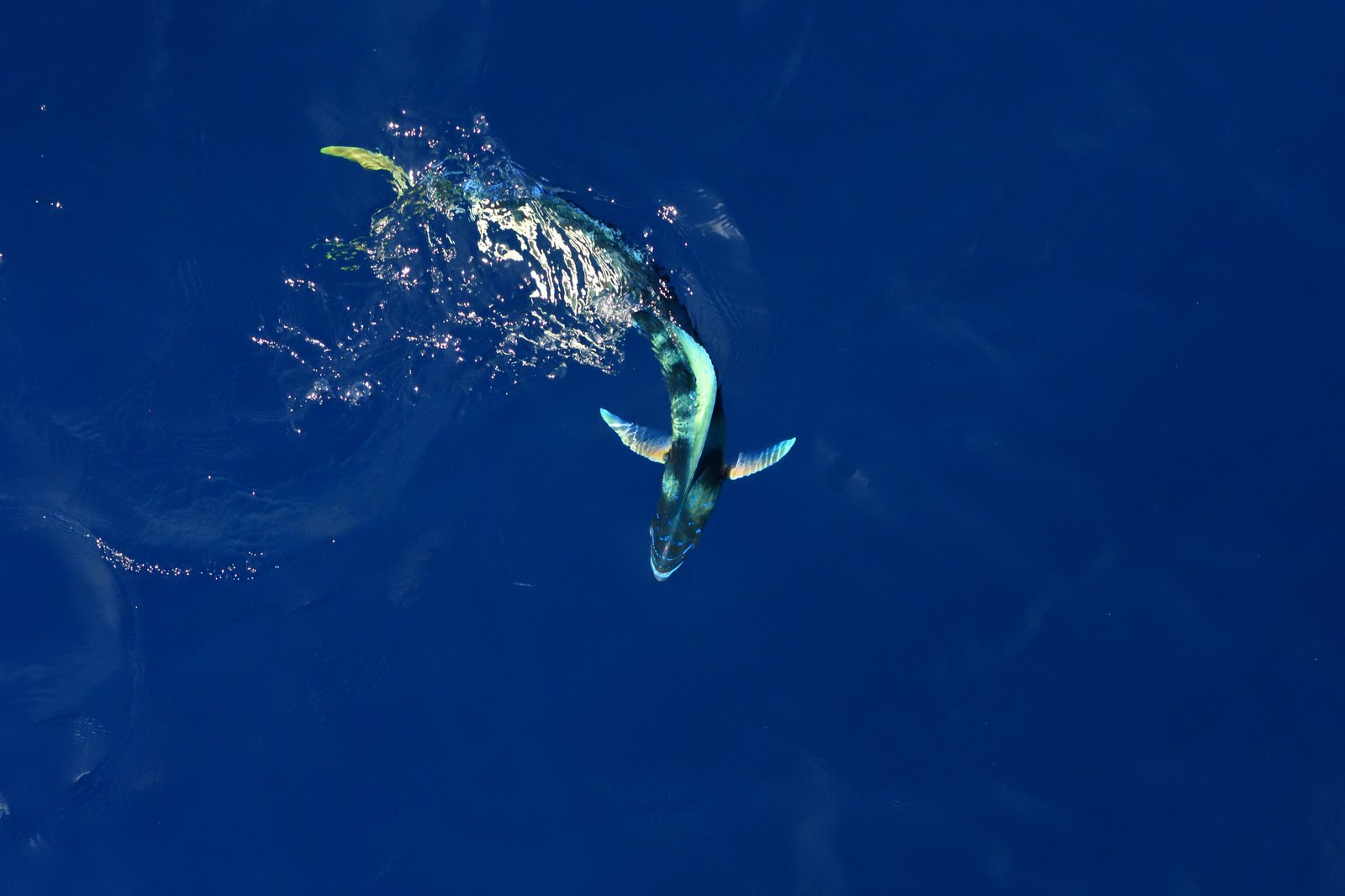Flying without wings
Out in the open ocean, the sky’s the limit. Out on the CSIRO research vessel (RV) Investigator, critters of fin and scale take to the air. Chadwick Biodiversity Research Fellow, Yi-Kai Tea, describes his time on deck, spotting flying fishes.
The open ocean is a tough and inhospitable place. Be that as it may, several animals have evolved a suite of tricks to help them survive out here in harsh conditions.
We are about a week into our month-long expedition in the remote Indian Ocean, sampling deep reefs and sea mounts of the Cocos Keeling. I am joined by other scientists from CSIRO, Museums Victoria Research Institute, Western Australian Museum and the Australian Museum Research Institute on the CSIRO research vessel (RV) Investigator. As we slowly make our way to Cocos, we are treated to daily views of the wide inky blue of the open sea. It's almost unfathomable how vast the open ocean is. With no visible landmarks in sight, the searing sun beating overhead, and patchy areas of productivity, it’s difficult to imagine how anything could call this vast expanse their home. Standing over the bow looking down at the endless indigo, we are reminded of life teeming just beneath…or above…the waves.

© Australian Museum
Australia and its remote territories are home to 6 genera of flying fishes (family Exocoetidae) with 29 species between them. Flying fishes are open water specialists most frequently found just beneath the surface. Nearly all species have greatly enlarged pectoral and pelvic fins used for gliding above the water. Under ideal wind conditions, flying fishes can travel up to 400 metres, using a combination of sustained gliding and taxiing.

© Australian Museum
In the open ocean where predators are plentiful and hiding places are scarce, the ability to break out of the water and take to the air can make a difference between life or death. To maximize airtime, most flying fishes also have an asymmetrical caudal fin with a longer lower lobe, which they use to skim across the water.

© Australian Museum
While a quick glide out of the water may see a flying fish live to fight another day against larger fishes such as Tuna, it exposes them to another danger – sea birds. Gannets, Terns, shearwaters and other birds of the open ocean are frequent visitors of research vessels like the RV Investigator.
As we steam across the Indian Ocean, the vessel acts like a magnet, picking up sea birds along the way. This cloud of orbiting birds around our vessel are hoping to snatch an easy meal as flying fishes are scared into flight by the movement of our vessel across the water.

© Australian Museum

© Australian Museum
As we approach the Christmas Island marine park, the science team is gearing up in preparation for our first deep water trawls. Much of our sampling will take place at the bottom of the sea in the abyssal plane, where the fishes will look nothing like our surface-dwelling flying fish friends.

Dolphin fishes, or Mahi Mahi (Coryphaena hippurus) are major predators of flying fishes
Image: Yi-Kai Tea© Yi-Kai Tea
Yi-Kai Tea, Chadwick Biodiversity Research Fellow, Ichthyology, Australian Museum.
Acknowledgements:
This research is supported by a grant of sea time on RV Investigator from the CSIRO Marine National Facility.
More information:
Dianne J. Bray, Flying fishes, EXOCOETIDAE in Fishes of Australia, accessed 05 Oct 2022, https://fishesofaustralia.net.au/home/family/276













